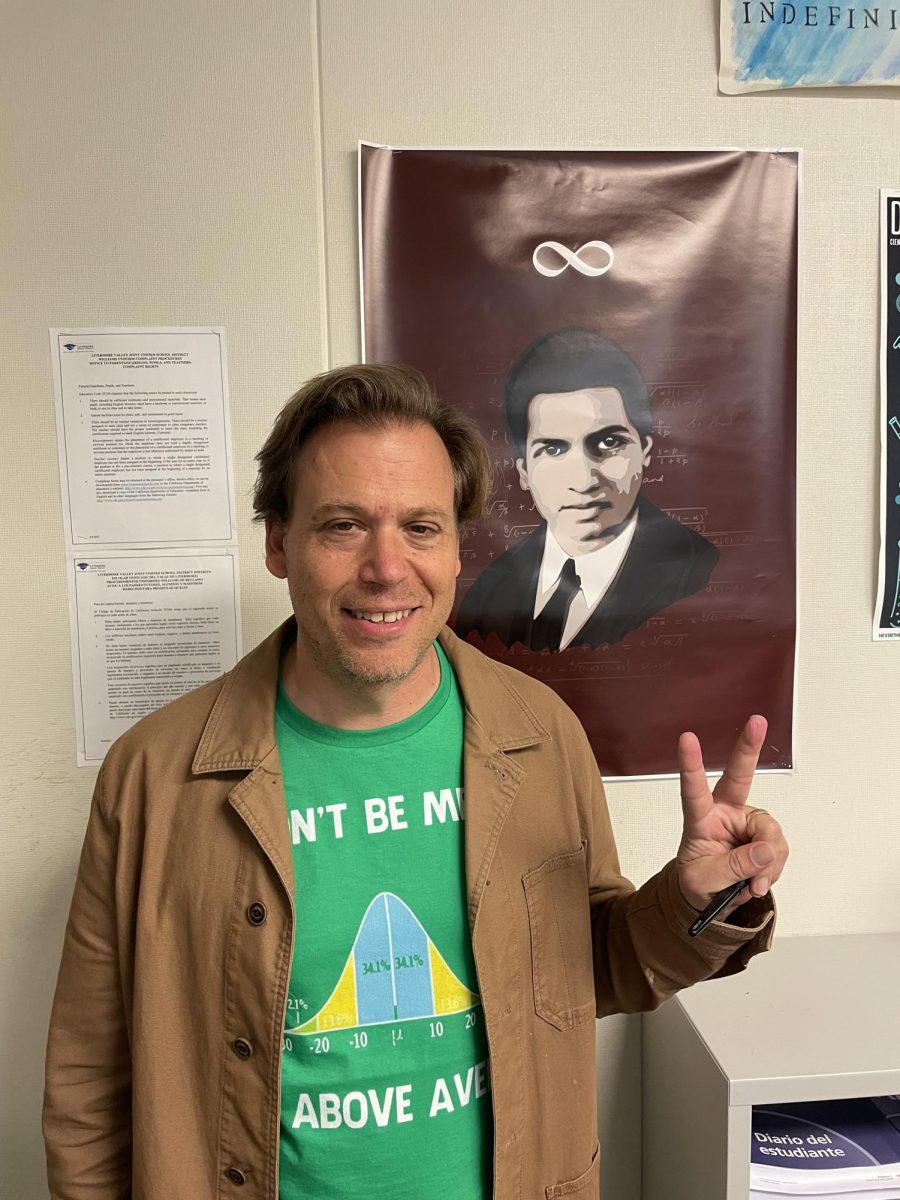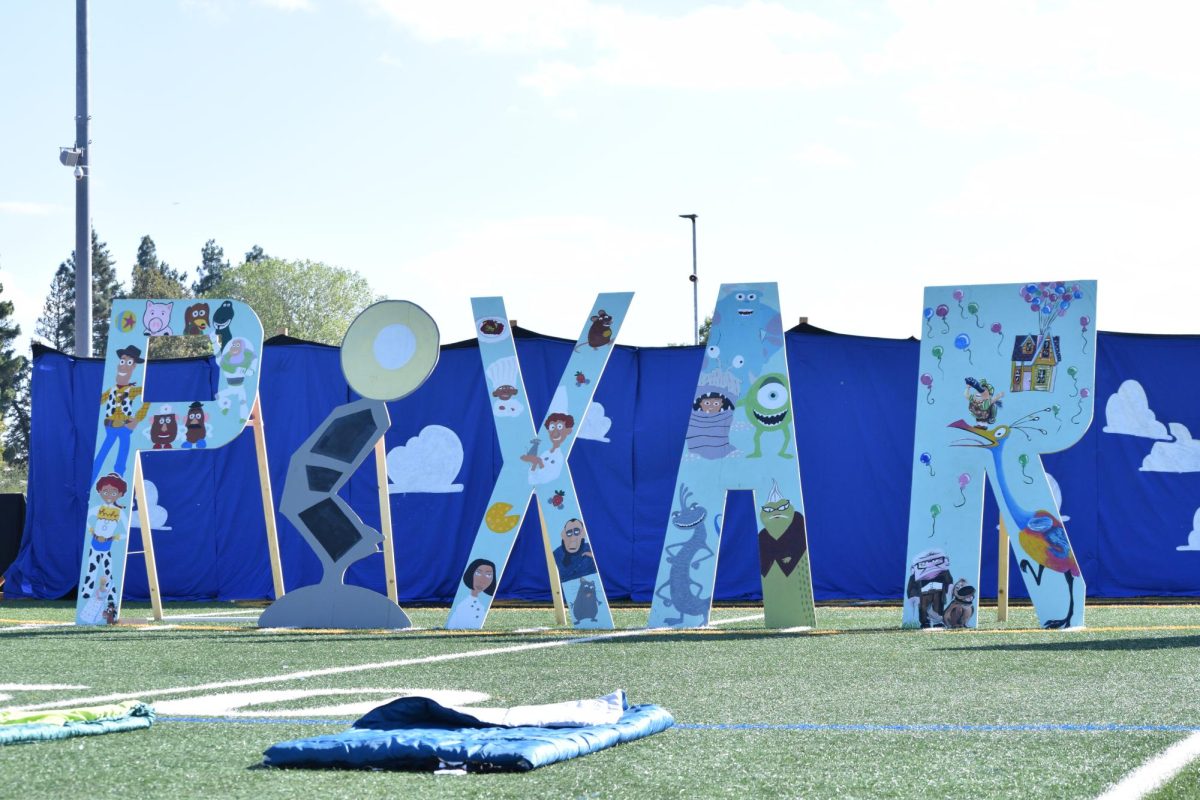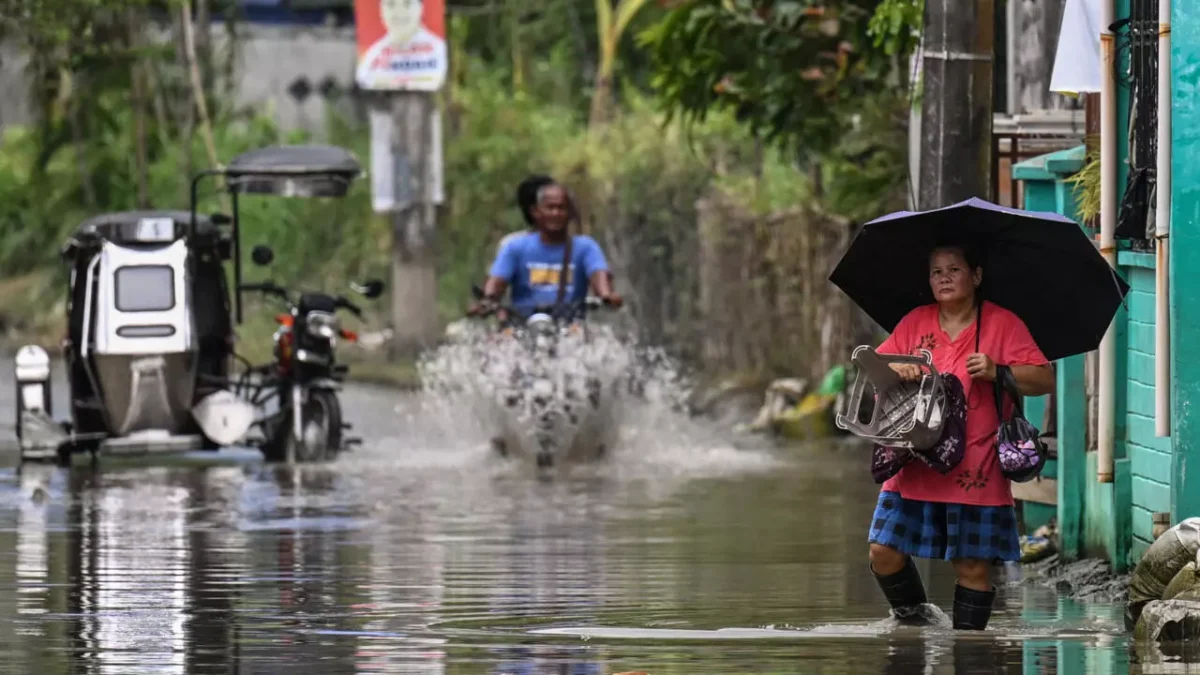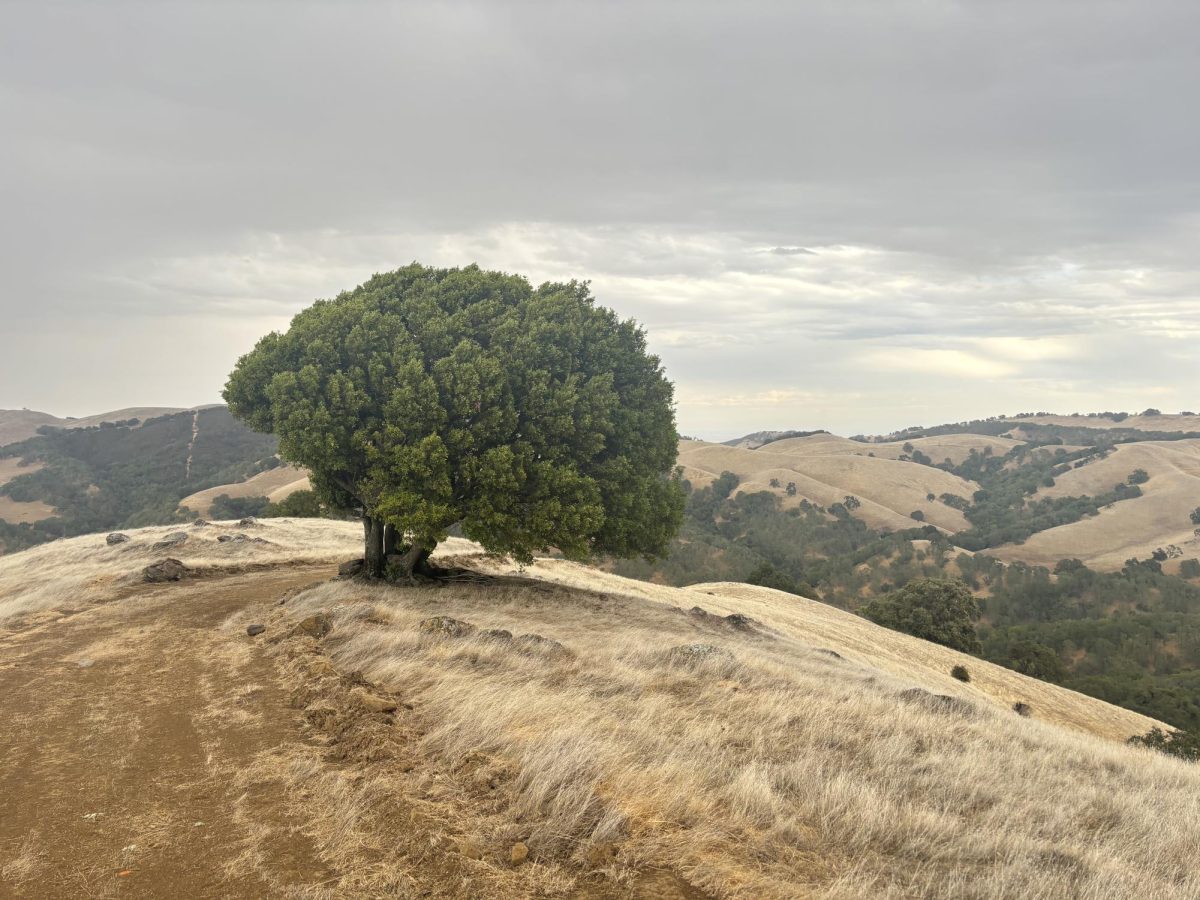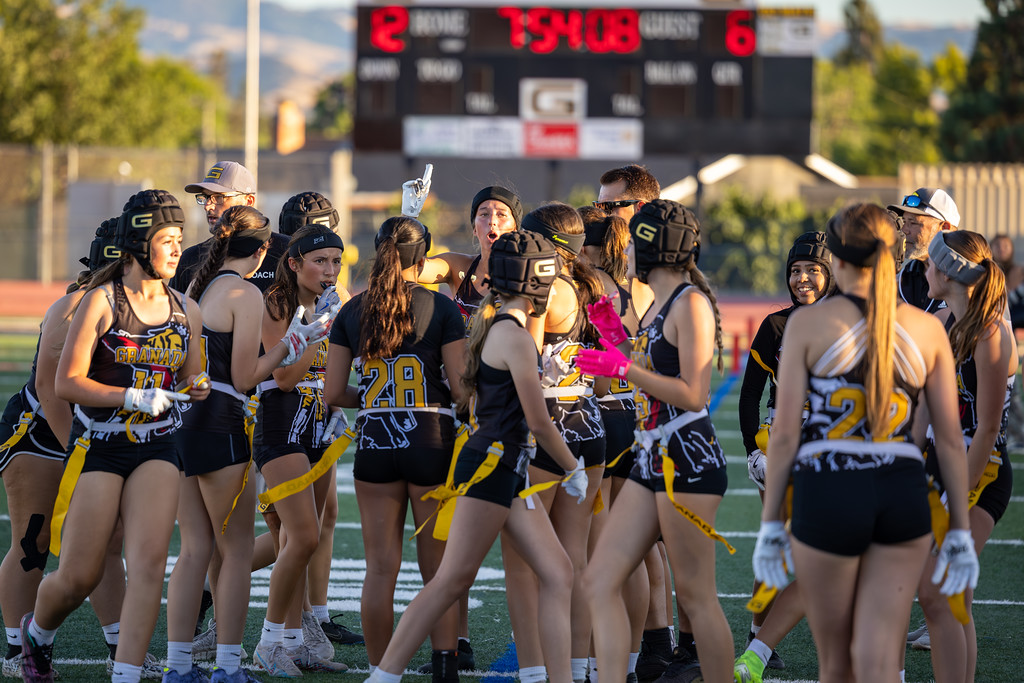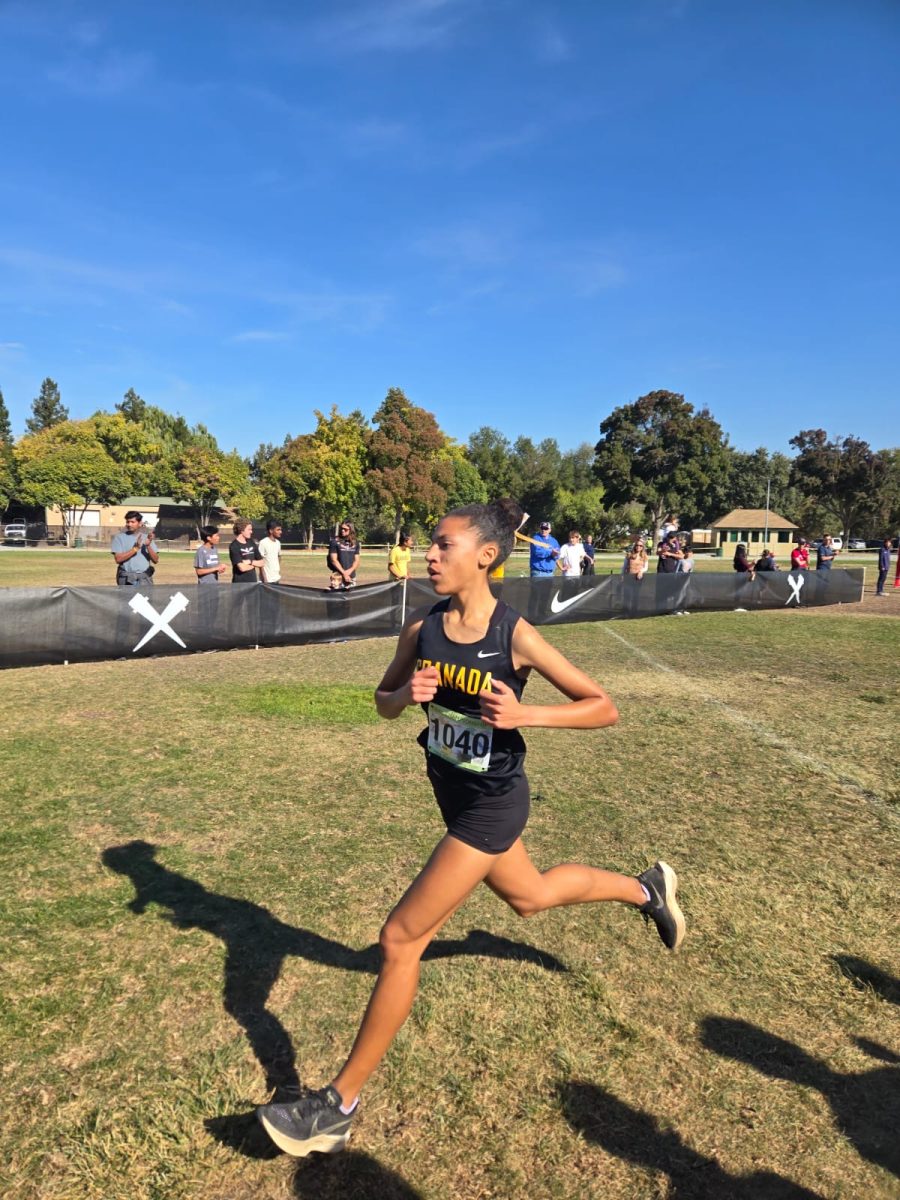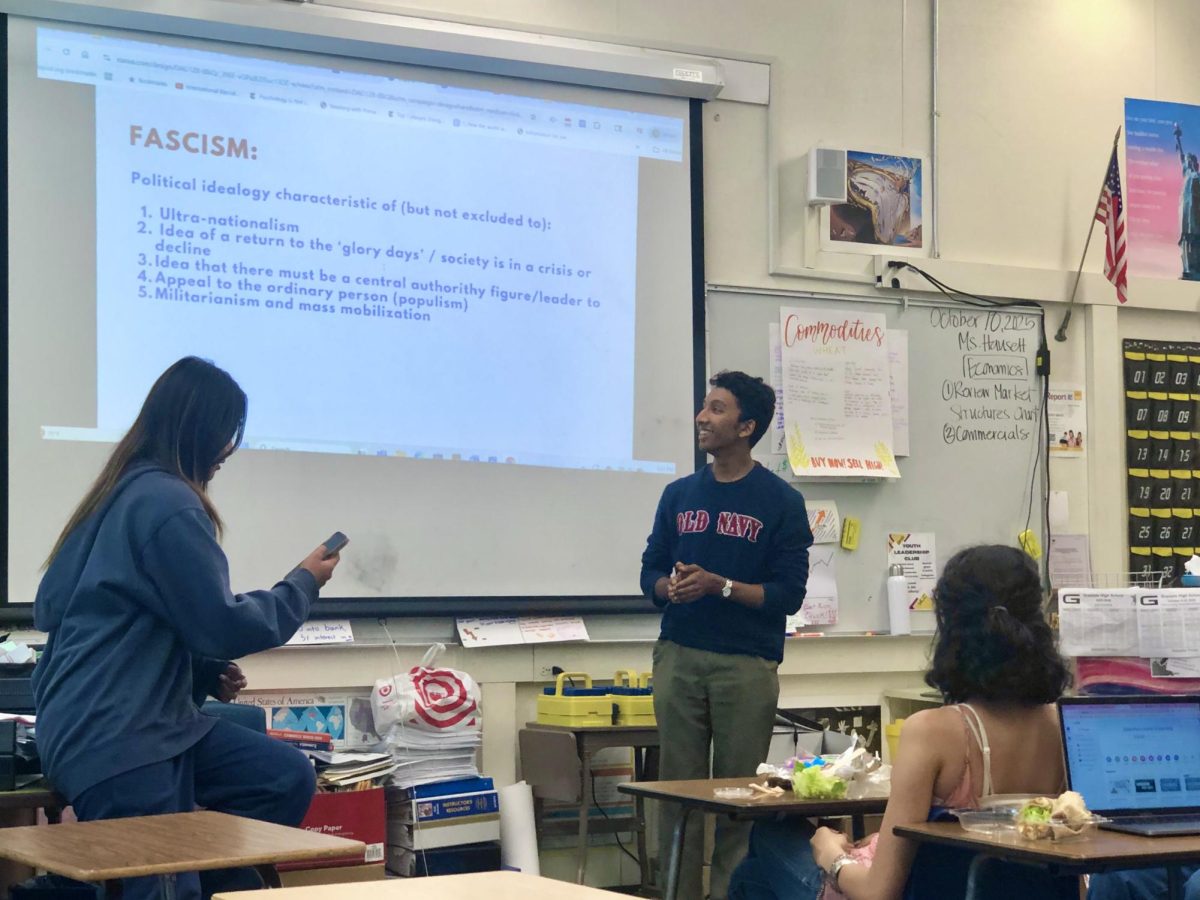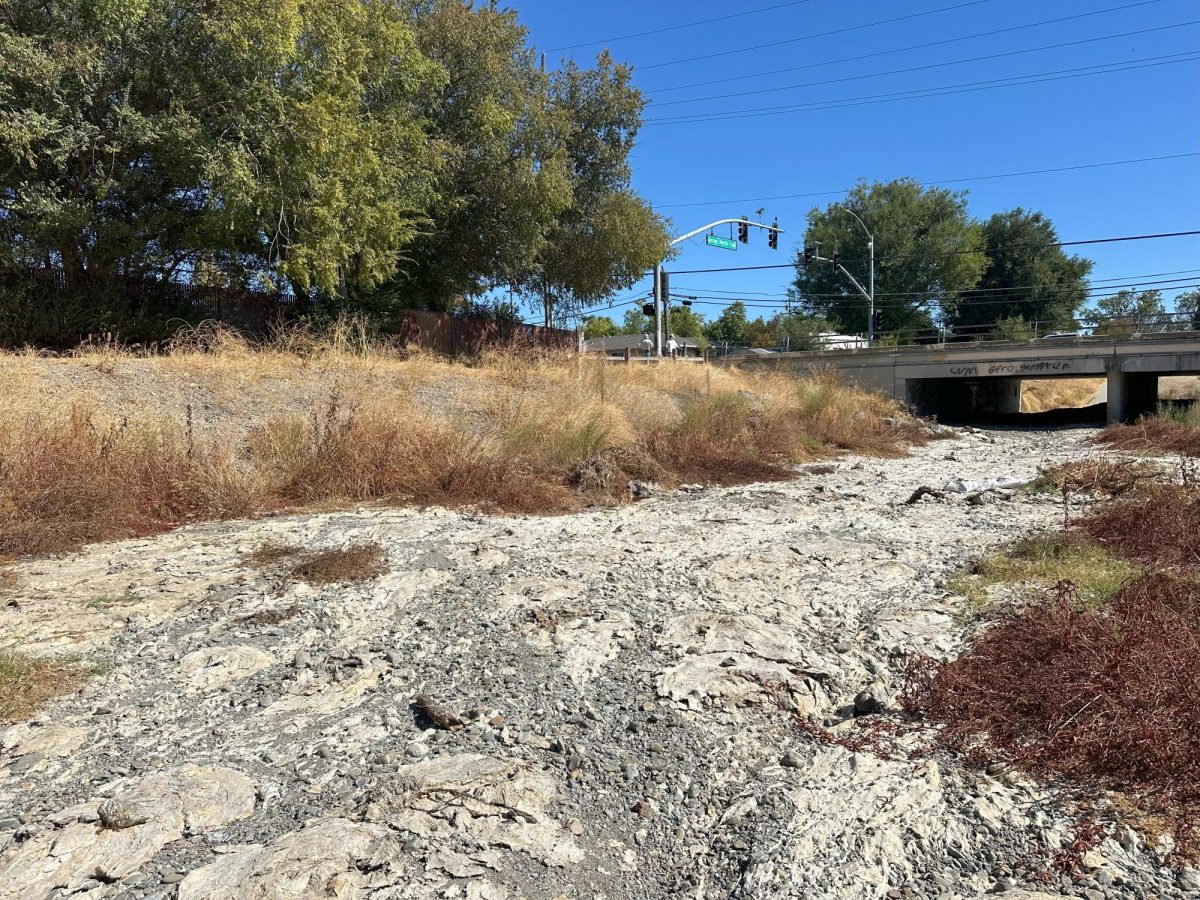When school went online for the pandemic students suffered a learning loss due to the unstructured nature of learning online. Congress distributed $190 billion to school districts in the spring of 2021 to help students catch up, but there was no clear direction given about how to catch up so schools were left on their own to figure it out.
Despite the effort to catch up, students are lagging behind a third of a year in reading and in a half of a year in math. This especially affected students from low-income families and districts with predominantly minorities. Kids from more affluent districts didn’t fall behind too much, whereas students from low-income communities fell way behind due to a lack of resources compared to richer schools. A group of parents filed a lawsuit against the state for the way marginalized students were left behind during online learning.
In 2020, parents of students from Oakland and Los Angeles filed a lawsuit against the state because the online approach made it too difficult for their kids to learn as they were already not getting enough support from the school. They stated that the state didn’t pay enough attention to low-income students (mainly Black and Latino) when schools transitioned online. Students from less affluent areas did not have access to electronic devices for online learning, resulting in them not being able to receive a proper education during that time. The parents say that this deprives them of their right to a free and equal education which is ensured by the California Constitution.
This difference in learning between well-off students and low-income, students of color has been proven in several studies. Hispanic and Black students were 1.4 and 1.3 times more likely to have limited internet access and more than 2 out of 5 low-income households had limited access.
After over three years, the lawsuit was settled and the state has agreed to use 2 billion of the dollars meant for pandemic recovery to help struggling students catch up. California schools will be required to use the remaining money from the Learning Recovery Emergency Block Grant to help underserved children catch up from the learning loss from the pandemic. This win is symbolic in that it may force schools to be more transparent in how they’re helping students falling behind in school. It also may prevent any cuts in funding for schools as Gavin Newsom had been considering ending the emergency grants for schools up until this point.
This settlement relies heavily on local education agencies who are now going to have to assess students at local schools to see which students need help. The money given to schools will go towards funding programs that will help students catch up such as tutoring and group learning support. This is an important step for schools in the struggle to recover from the learning disruption during the pandemic.

